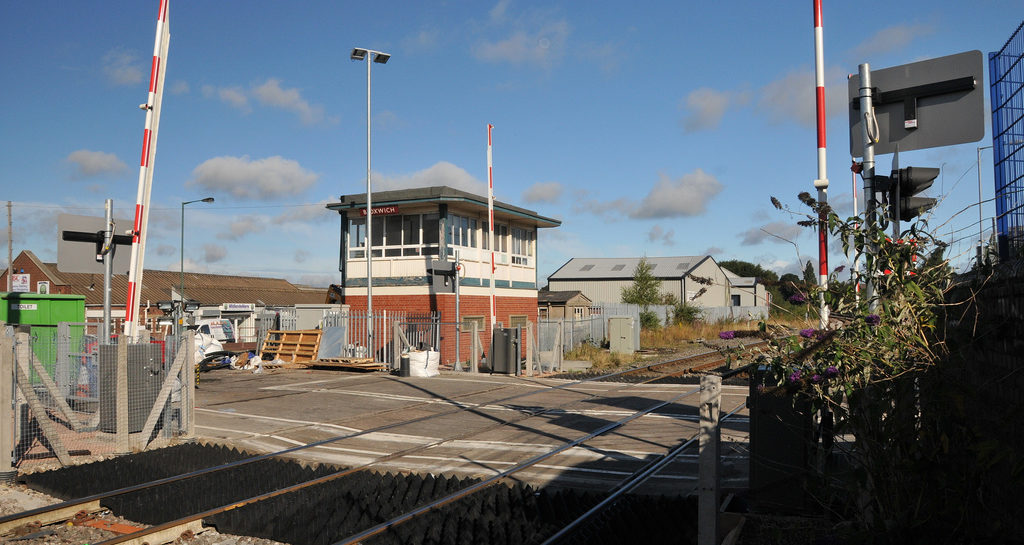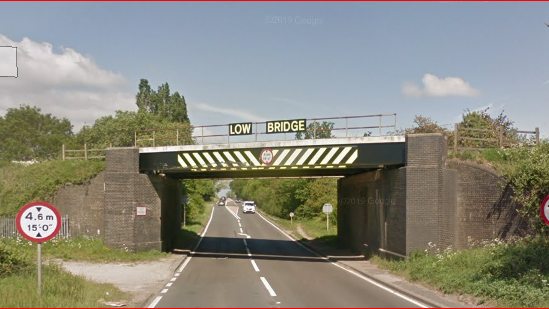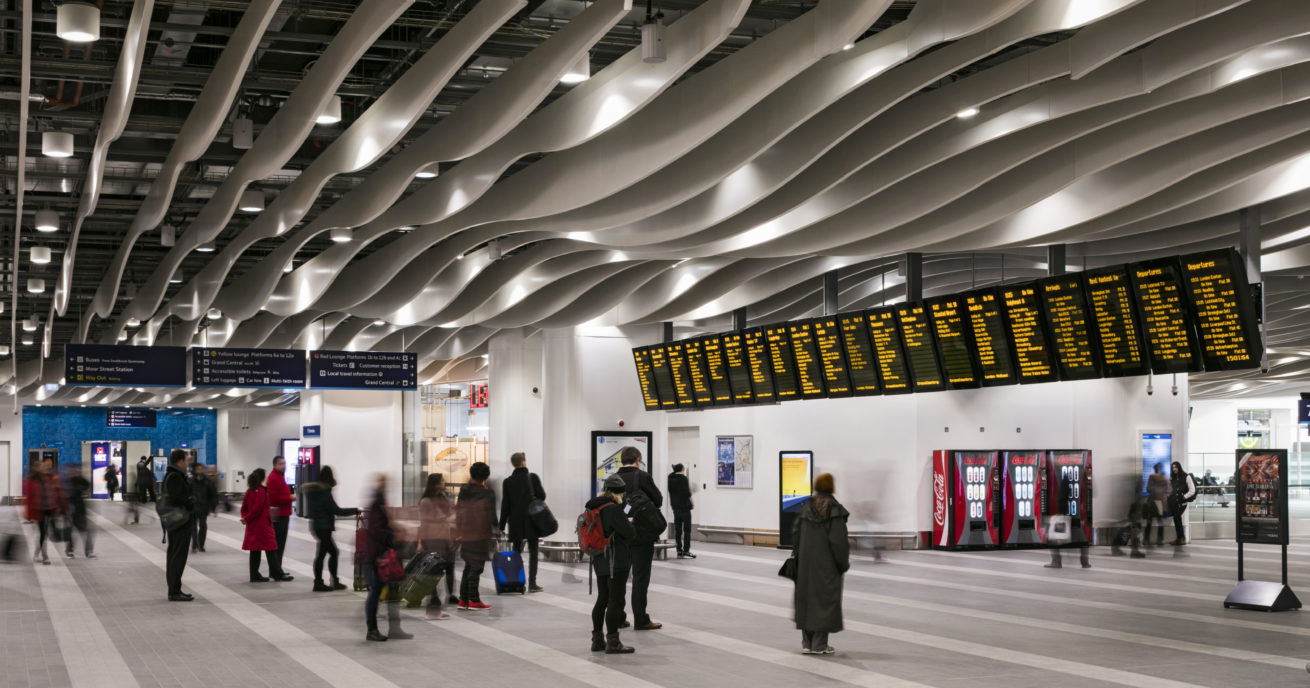We closed Britain’s busiest foot crossing last year in a milestone for a closure programme.
In February last year, we replaced Dean Farm crossing in Salfords, Surrey, with a £1.5m footbridge, keeping families safe from 90mph trains.
The crossing was Britain’s busiest in terms of the number of trains travelling over it, at more than 760 a day.
The new footbridge, over the Brighton Main Line, has improved safety for residents, including children from a nearby primary school.
Our risk reduction programme
In 2010, we embarked on a landmark level crossing risk reduction programme.
Our aim is to close and upgrade crossings across the network, which will improve safety for everyone and reduce the risk that level crossings present to the national rail network.
To date, we have closed more than 1,100 crossings and dozens more have been improved or are being upgraded.
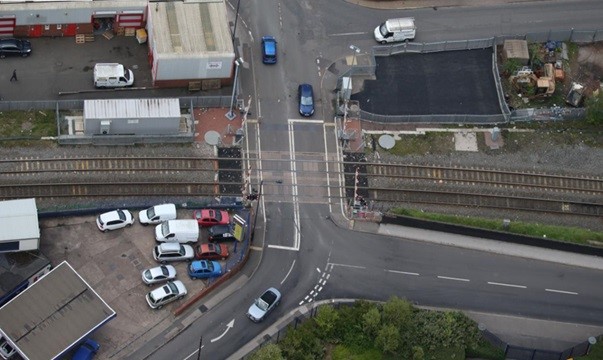
Why do we close level crossings?
Level crossings were part of a network built about 180 years ago, when there were fewer and slower trains. There were also no cars and the pace of life was much slower. A railway built today would not have any level crossings. For example, HS1 does not have any level crossings.
We believe the most effective way of reducing level crossing risk is to eliminate the crossing completely by closing it. Where we cannot do this, we will look at options to make the crossing safer.
How do we decide which crossings to close?
We complete risk assessments of our level crossings at regular intervals. The assessments consider important factors, such as the crossing’s location, how much traffic (rail, road and pedestrian) at that location, and the crossing’s history of near misses and accidents.
Our aim is to achieve the biggest possible reduction in risk of accidents at level crossings. The Level Crossing Risk Reduction Fund is an enabler for the work associated with meeting this objective, prioritising the permanent closure of level crossings but also deploying innovative technology to achieve risk reduction where closure is not possible.
We may also identify level crossings suitable for closure as part of bigger investment and upgrade schemes, or based on their knowledge of the local area, and working with local communities.
Success in Salfords
A group of children and parents from Salfords School were the first to use the new bridge in February last year.
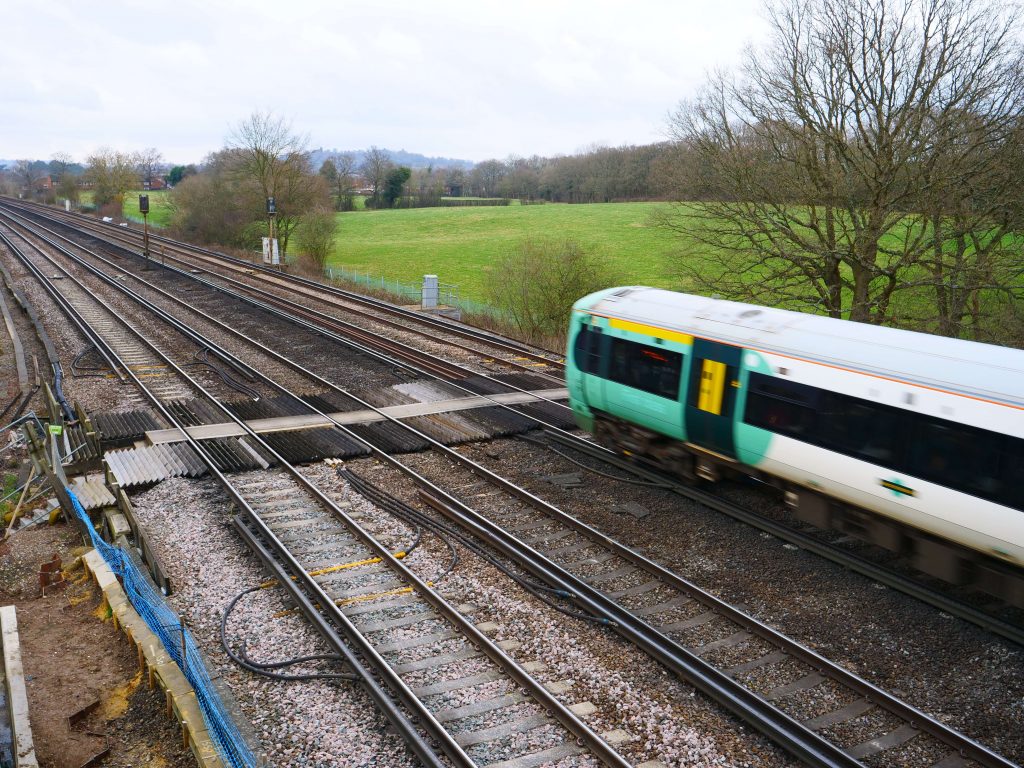
Carrie Christer, co-headteacher of Salfords School, said: “Our school is so close to the railway and many of our children cross the line with their families, so it is great that with this new footbridge they can now cross safely.”
Councillor Barbara Thomson, of Surrey County Council and Reigate and Banstead Borough Council, helped Network Rail celebrate the bridge’s opening. She said: “It’s great news for the village that we can finally cross the railway here without having to face walking across all four tracks. The path links people’s homes to rural fields and paths and will be much safer as a result.”
The history of level crossings
